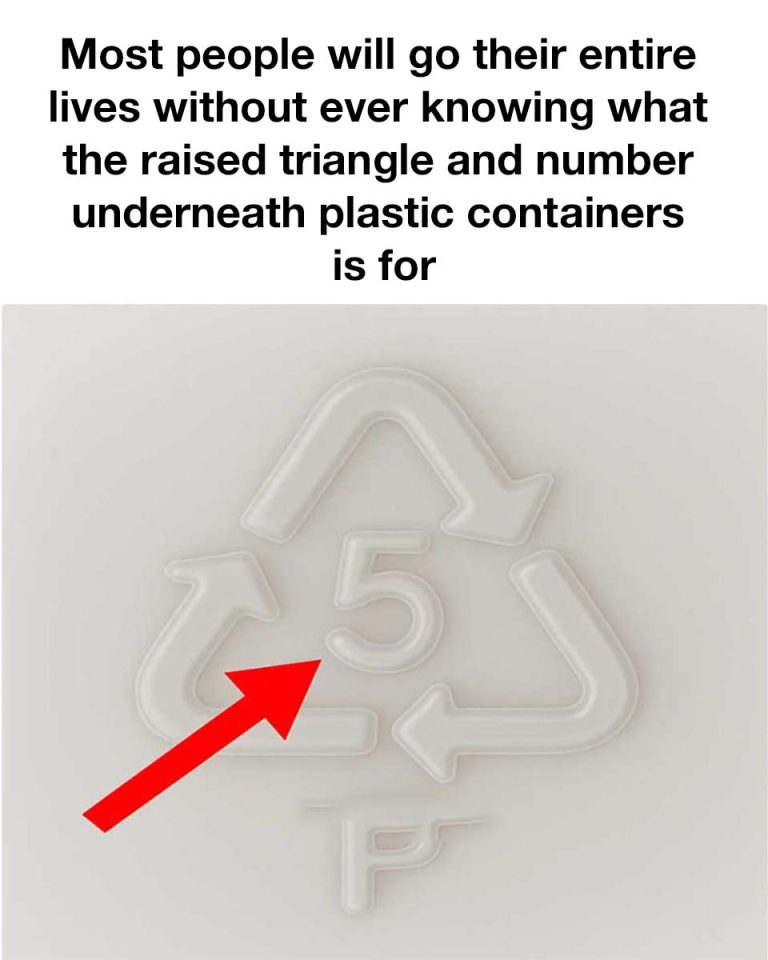ADVERTISEMENT
Every day, millions of people handle plastic containers without giving a second thought to the small triangle symbol embossed on the bottom. Inside that triangular recycling symbol sits a number that holds far more significance than most realize. This simple numbering system, known as the Resin Identification Code, is a crucial guide that can impact your health, recycling efforts, and environmental choices.
Understanding the Plastic Classification System
The numbered triangle system was introduced in 1988 by the Society of the Plastics Industry to help consumers and recycling facilities identify different types of plastic resins. Each number from 1 to 7 represents a specific type of plastic with distinct properties, safety considerations, and recycling capabilities. This standardized system was designed to streamline the recycling process and provide transparency about plastic composition.
The triangular symbol itself doesn’t guarantee that the item is recyclable in your local area—it simply identifies the type of plastic resin used in manufacturing. Understanding these codes empowers consumers to make informed decisions about product safety and proper disposal methods.
Breaking Down the Number System
Number 1 (PET/PETE): Polyethylene Terephthalate is commonly found in water bottles, soda bottles, and food containers. Generally considered safe for single use, these containers are widely recyclable and should not be reused for drinking water as they can harbor bacteria.
Number 2 (HDPE): High-Density Polyethylene appears in milk jugs, detergent bottles, and yogurt containers. This plastic is considered one of the safest options and is highly recyclable. It’s resistant to most chemicals and doesn’t leach harmful substances.
Number 3 (PVC): Polyvinyl Chloride is found in pipes, vinyl siding, and some food packaging. This plastic can release toxic chemicals and is difficult to recycle, making it one of the more problematic plastics from both health and environmental perspectives.
ADVERTISEMENT
